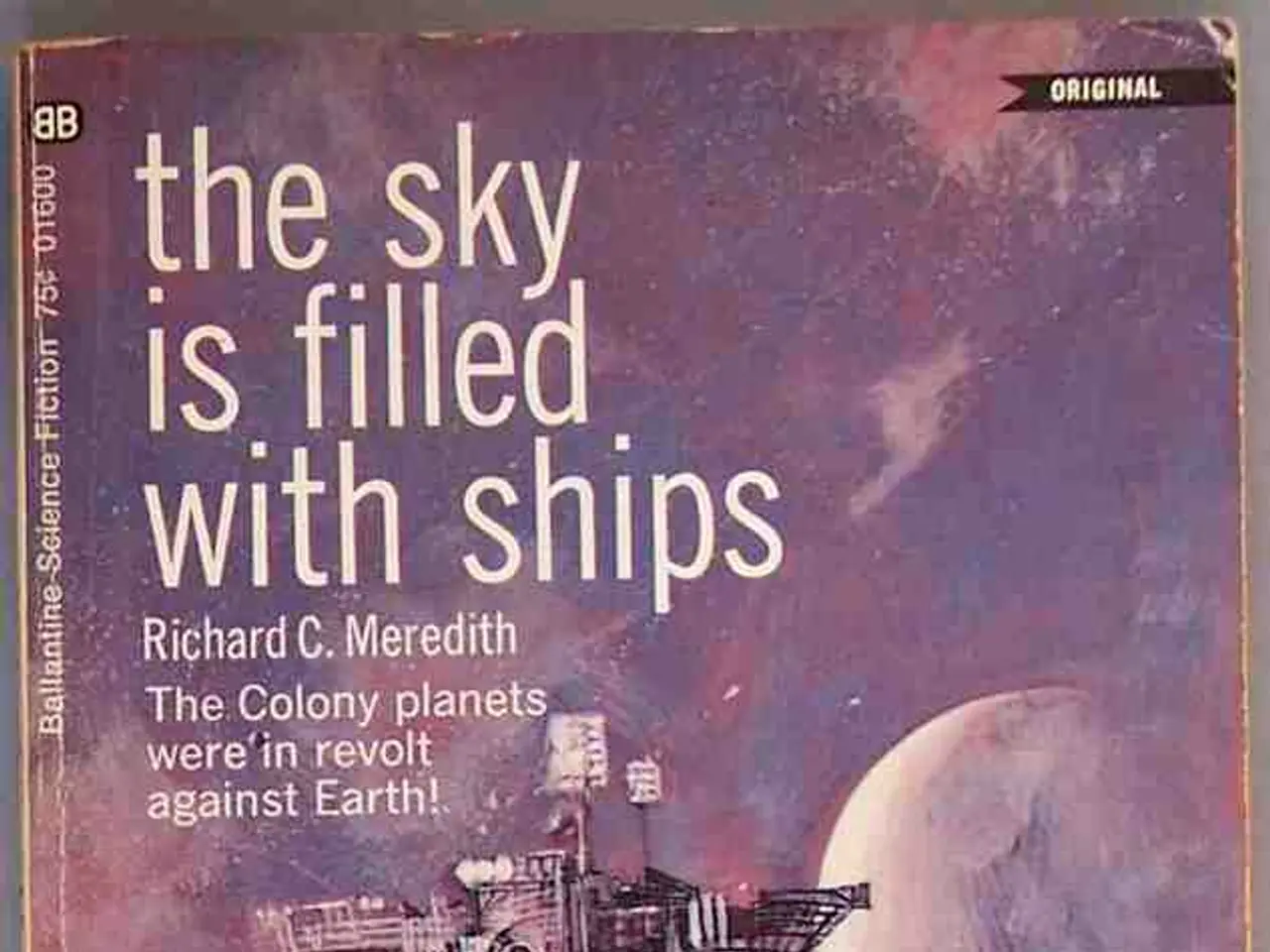Phobos' Composition May Not Align with Previous Assumptions
In the vast expanse of the solar system, Mars' moon Phobos stands out as a peculiar celestial body. Despite its cratered surface, Phobos exhibits signs of past volcanic activity, making it a subject of ongoing scientific interest.
Phobos, with a diameter of about 22 kilometers, and its smaller counterpart Deimos, are exceptionally small compared to the large moons of Jupiter and Saturn. New observations suggest that Phobos may have a different origin than previously thought, with similarities to comet 67P/Churyumov-Gerasimenko.
The idea that Phobos could be a captured comet is not yet confirmed, but it is loosely supported by analogies with other small bodies in the Solar System. For instance, Saturn's moon Phoebe, known to be a captured object likely originating from the Kuiper Belt or the volatile-rich outer solar nebula, shares similar characteristics.
Phobos' irregular shape, low density, and the loose regolith on its surface, which is a mixture of rock and dust, are traits consistent with captured small bodies such as comets or asteroids. However, direct spectral or compositional evidence linking Phobos specifically to the Kuiper Belt is currently lacking.
The MMX mission, scheduled for 2026 by the Japan Aerospace Exploration Agency (JAXA), could provide data to test this hypothesis. The mission aims to return samples of Phobos to Earth after three years of observations for further analysis.
Phobos' characteristics, including its small size, cratered surface, grooves, and loose regolith, are unlike those seen on most other moons in the solar system. Its surface is covered with a layer of loose regolith, a feature that sets it apart from more solid surfaces of many other moons.
Interestingly, Phobos shares a red spectrum typical of certain types of surfaces rich in organic materials and complex compounds. Comparison with other dark bodies in the solar system reveals striking similarities between Phobos and Jupiter-family comets and Phoebe, a moon of Saturn.
However, Phobos' orbit is in decline, bringing it inexorably closer to a collision with Mars in about 30 to 50 million years. This impending doom has led to the development of the two main theories for the origin of Phobos and Deimos: a giant collision with Mars and capture of asteroids.
Despite the uncertainties, the study about Phobos is accepted for publication in Astronomy and Astrophysics, marking an important step towards a better understanding of this enigmatic moon. The mission to retrieve samples from Phobos promises to shed more light on its origins and the dynamic processes that shape celestial bodies in the solar system.
- Beyond its role in space-and-astronomy, the study about Phobos could also have implications for health-and-wellness, as understanding the origin and composition of Phobos might provide insights into the formation of organic materials and complex compounds in the universe.
- The unrevealed origin of Phobos raises questions in the field of environmental-science, as a former comet could have brought potential contaminants into Mars' environment.
- The ongoing research into Phobos, particularly its potential capture from the Kuiper Belt, could contribute significantly to our understanding of physics and the evolution of celestial bodies in the solar system.




